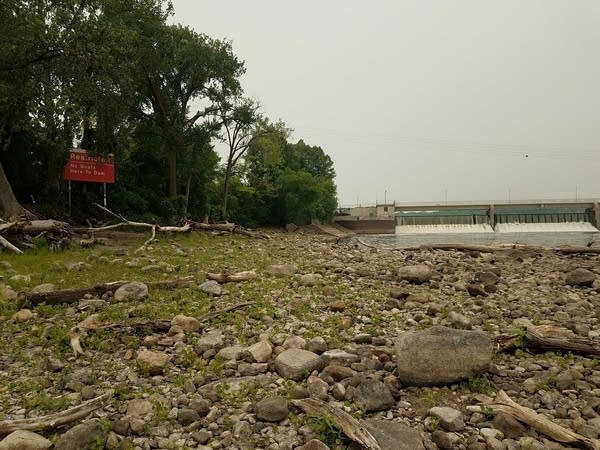New month, worsening drought conditions in Minnesota

More of the bed of the Mississippi River is exposed below the Coon Rapids Dam in Coon Rapids, Minn., under hazy skies on Thursday. Prolonged drought conditions across the state have left many rivers running near historic lows.
Emily Bright | MPR News
Go Deeper.
Create an account or log in to save stories.
Like this?
Thanks for liking this story! We have added it to a list of your favorite stories.


